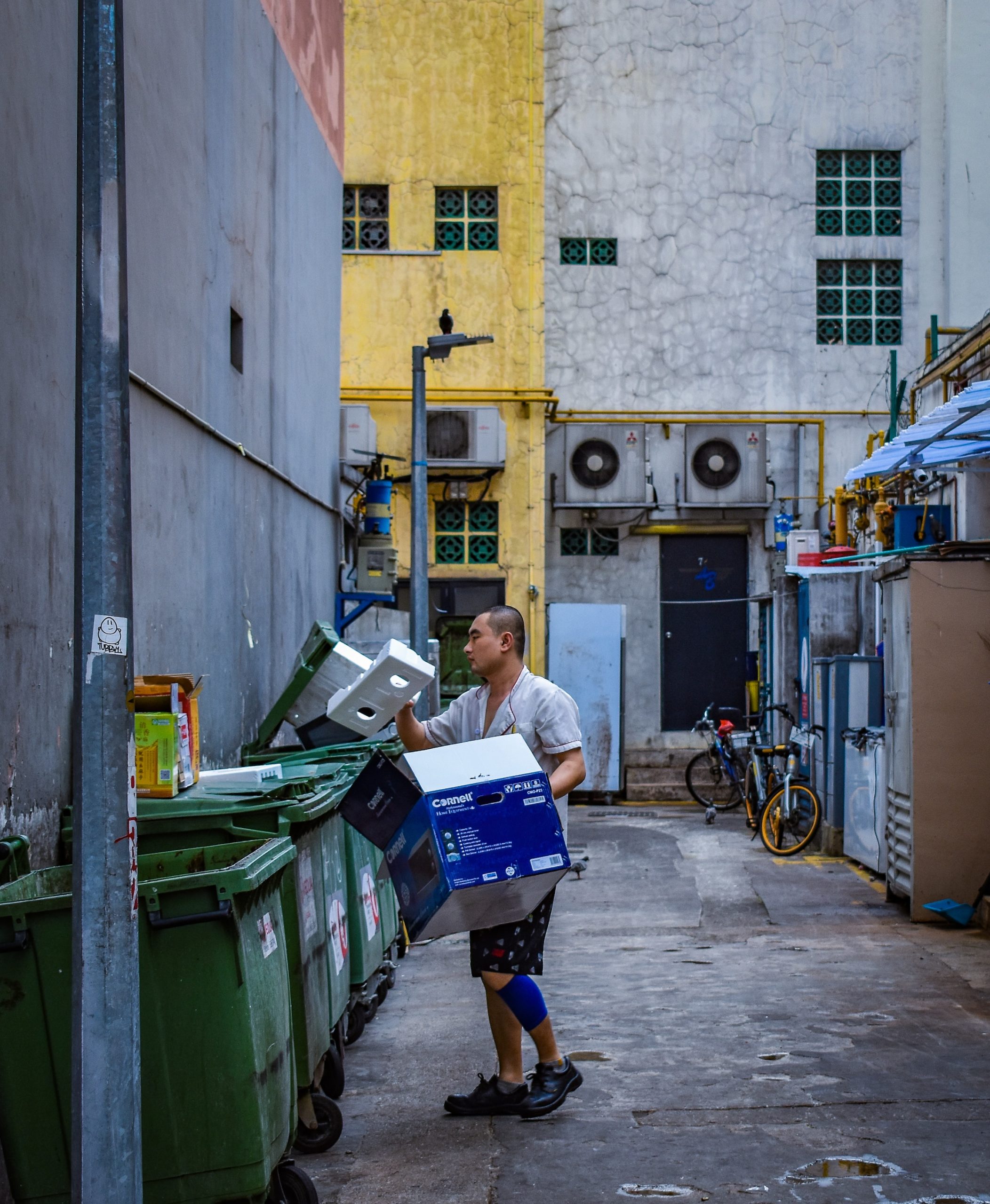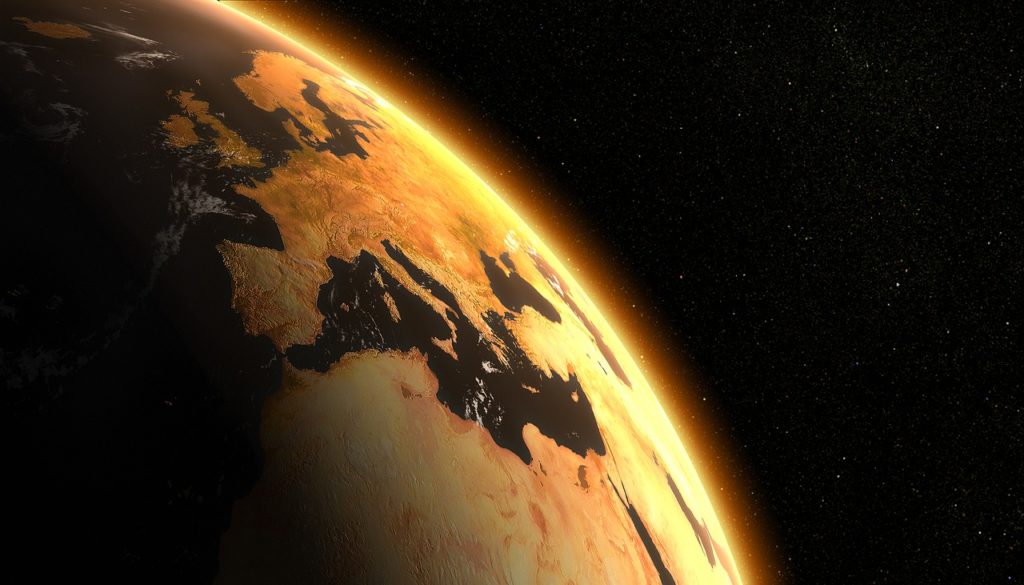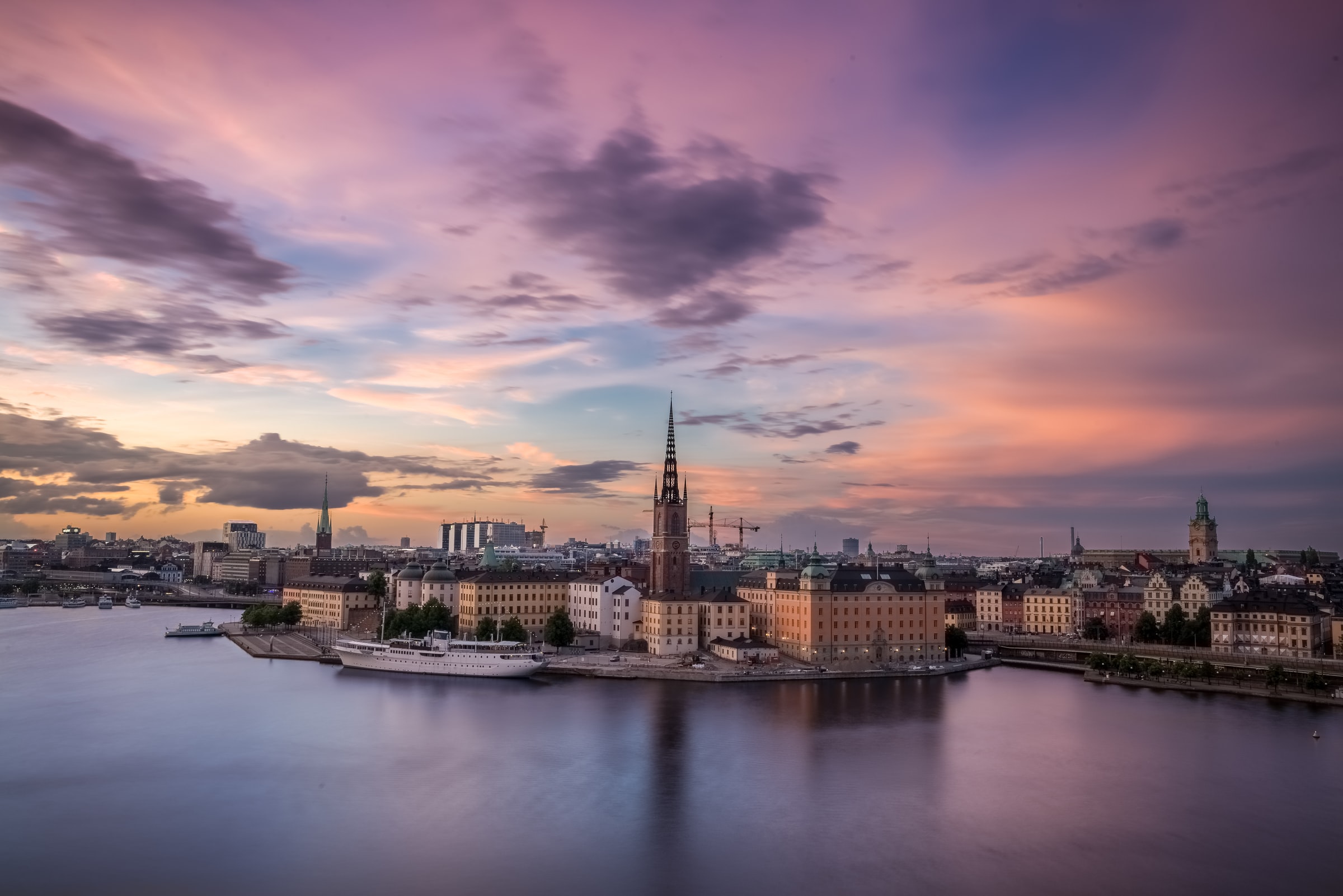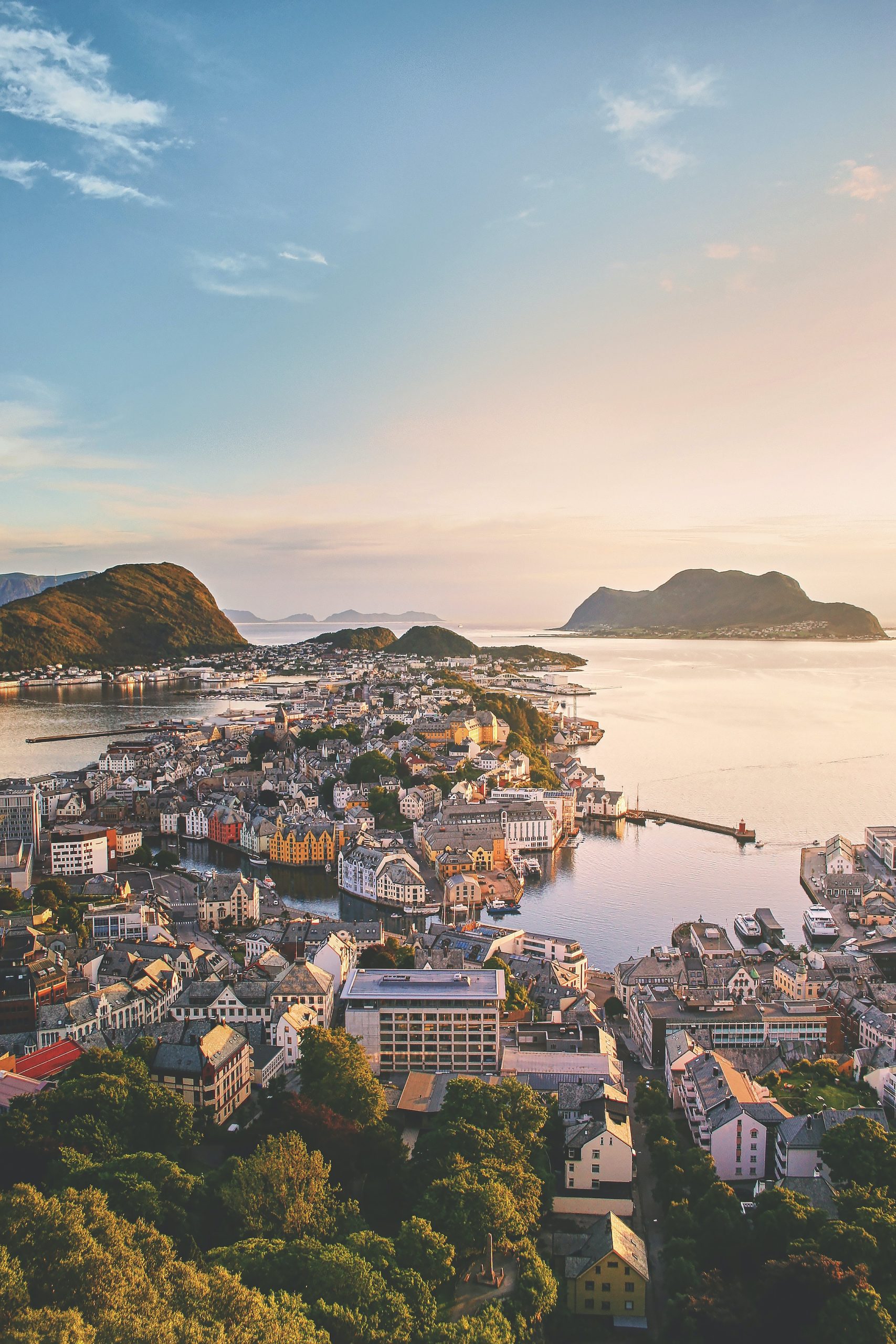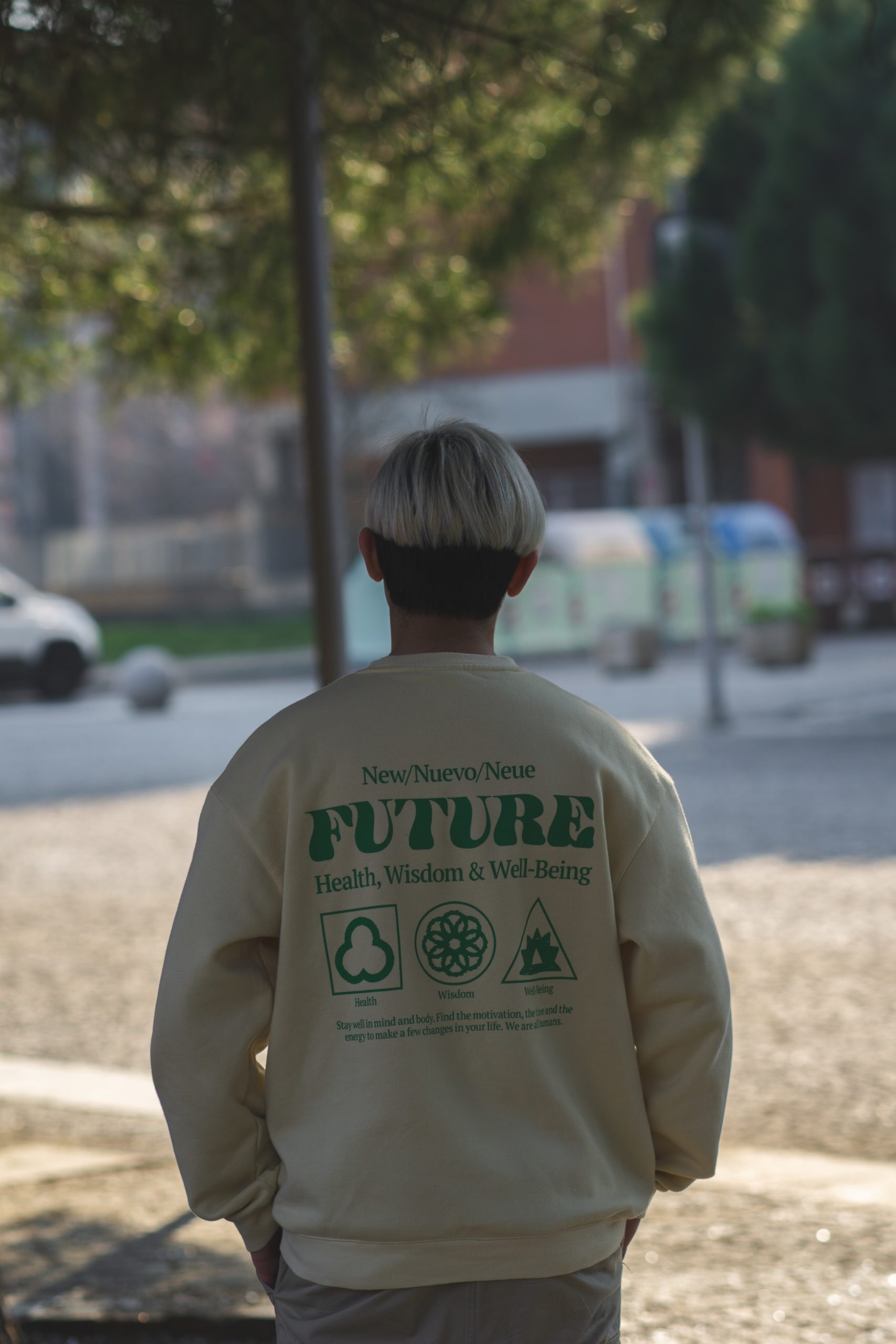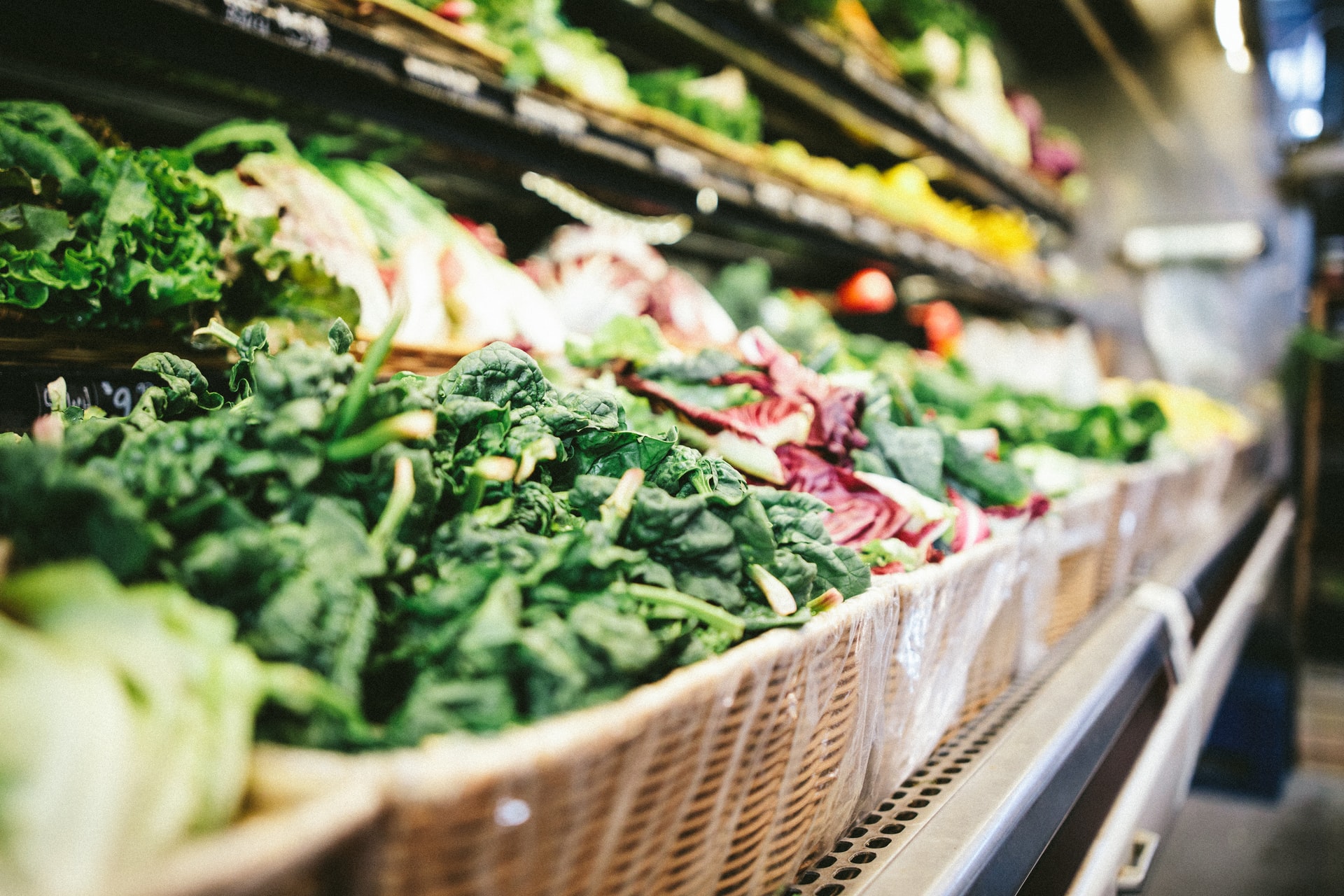Phytodepuration is a method of wastewater treatment without a septic tank. Used for more than 20 years, this ecological sanitation is adapted to grey water and black water. Designed to treat domestic wastewater, this method goes far beyond the septic tank because of its advantages. So, without further ado, let’s dive into this blog and learn some of the things you need to know about sanitation by phytodepuration.
Ecological
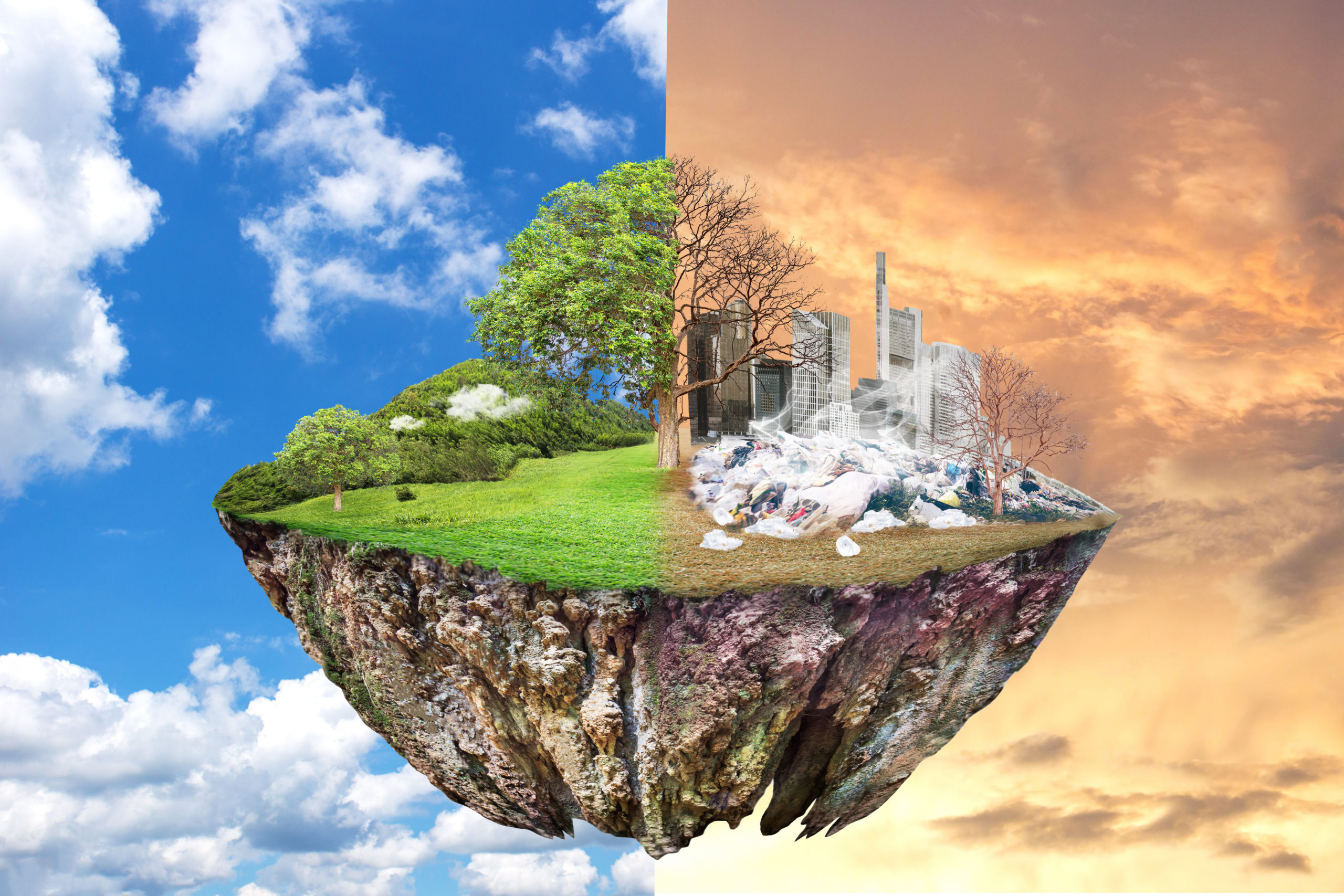
We only have one habitable (as far as we know) planet in our solar system, but we treat it as if we have other backup plans. We need to start treating it properly before it is too late. Phytodepuration allows the collection of water to come straight from the toilet, the bathroom, and the kitchen. 100% ecological, this natural mechanism uses planted filters. Plant species are carefully selected to naturally treat the nitrates and phosphates in the wastewater. The roots of these plants take care of the absorption and digestion of the polluting loads.
With the phyto-purification system, the pollution of the surface and the groundwater is reduced by itself. As no energy is needed, the water cycle is reintroduced into our daily life. Even for watering the vegetation above the pond, you can use the naturally filtered water in the second pond.
Low maintenance
Easier to maintain and less expensive than a conventional septic tank, this device has a long life span: 40 years. Unlike a septic tank that requires annual emptying, it requires only simple gardening work such as pruning, mowing, and weeding. As for maintenance, you only need to remove the sludge composted on the surface of the filter every ten years.
In addition, this type of sanitation is eligible for the eco-loan at zero rates. As this method does not need electrical energy to operate, it is not energy-consuming.
Beautiful to see
As part of the installation of sanitation by phyto-purification, the technician plants a mix of aquatic plants. In the hands of an excellent landscaper specialized in the design and creation of green spaces, your garden will keep its greenery while adding the color of reed flowers, cattail, yellow iris, scented acore, sedge, common rush… These vegetations will ensure the treatment of large particles, pollutants, and composts.
Few risks
As the bacteria work in good condition, there is no risk of smelling bad odors with this sanitation. Installed in the open air, this device even produces organic matter. It is true that you will smell some odors at the beginning of the operation of this installation, but they will disappear once the reeds invade the surface of the filter.
You also won’t attract flies and mosquitoes. Mosquitoes only lay eggs and breed on standing water, whereas in a wetland, not even a drop of water is visible. Since a safety grate is installed on the wetland, there is no risk of children or pets drowning.
Large area required
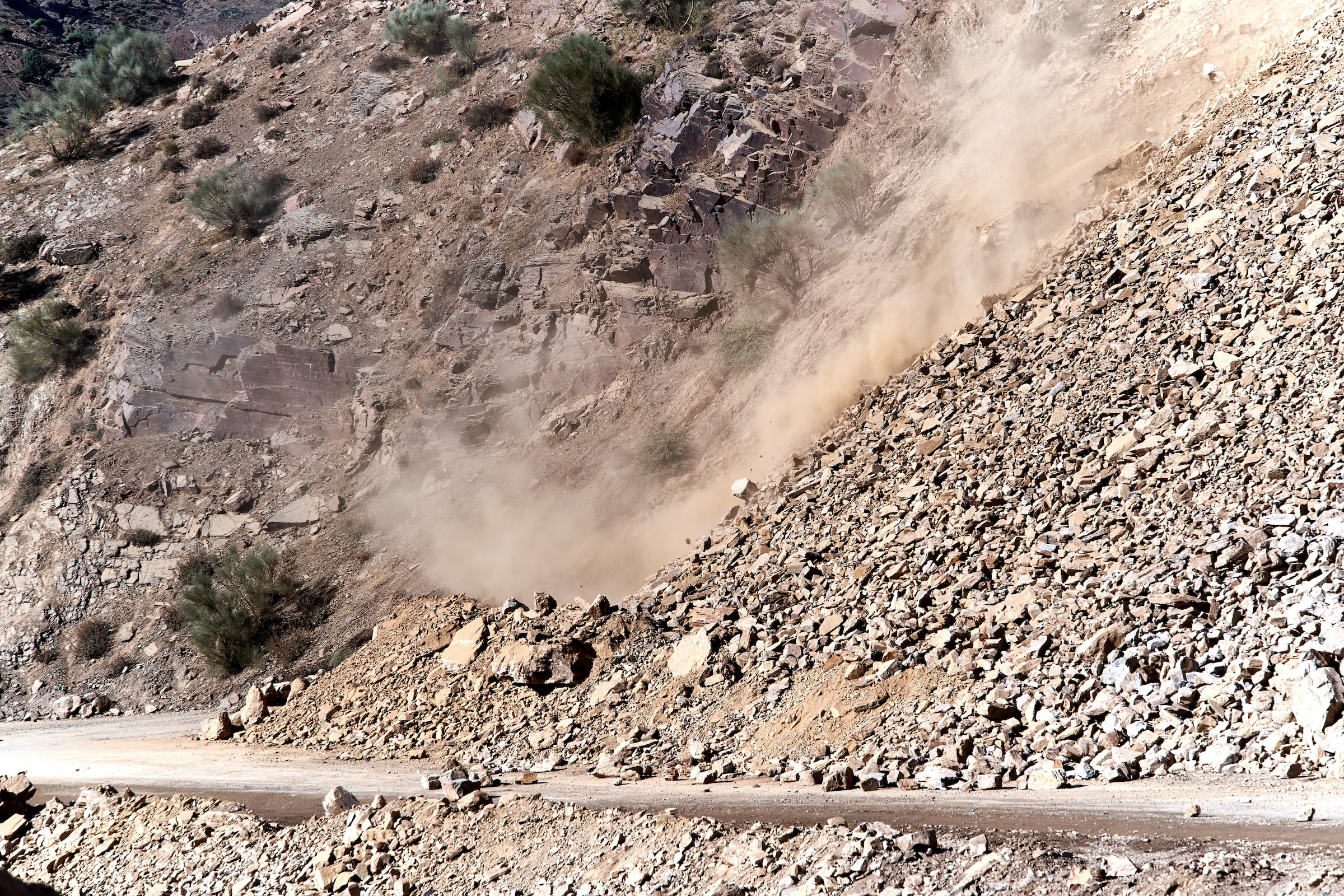
A septic system is not for everyone, especially for city dwellers whose homes and subdivisions are connected to the sewer system. A small piece of garden, about 3 m², is, in fact, necessary for the installation of the device. However, it takes up less space than a sand filter because the sewage garden requires 10 m² per filter.
Nevertheless, the inhabitants of villages that do not benefit from collective sanitation can take advantage of this individual sanitation device. After two years of use, they even have the possibility to recover the compost from the pond for their ornamental plants. As for the older homes with septic tanks, the presence of a specialist in phytodepuration is essential. Moreover, the installation of a phyto-purification system is ideally placed on sloping ground. If there is no slope, a lifting pump is necessary.
Sound off in the comments section below, and tell us what you want to read next and if you want to read more about sustainability.
